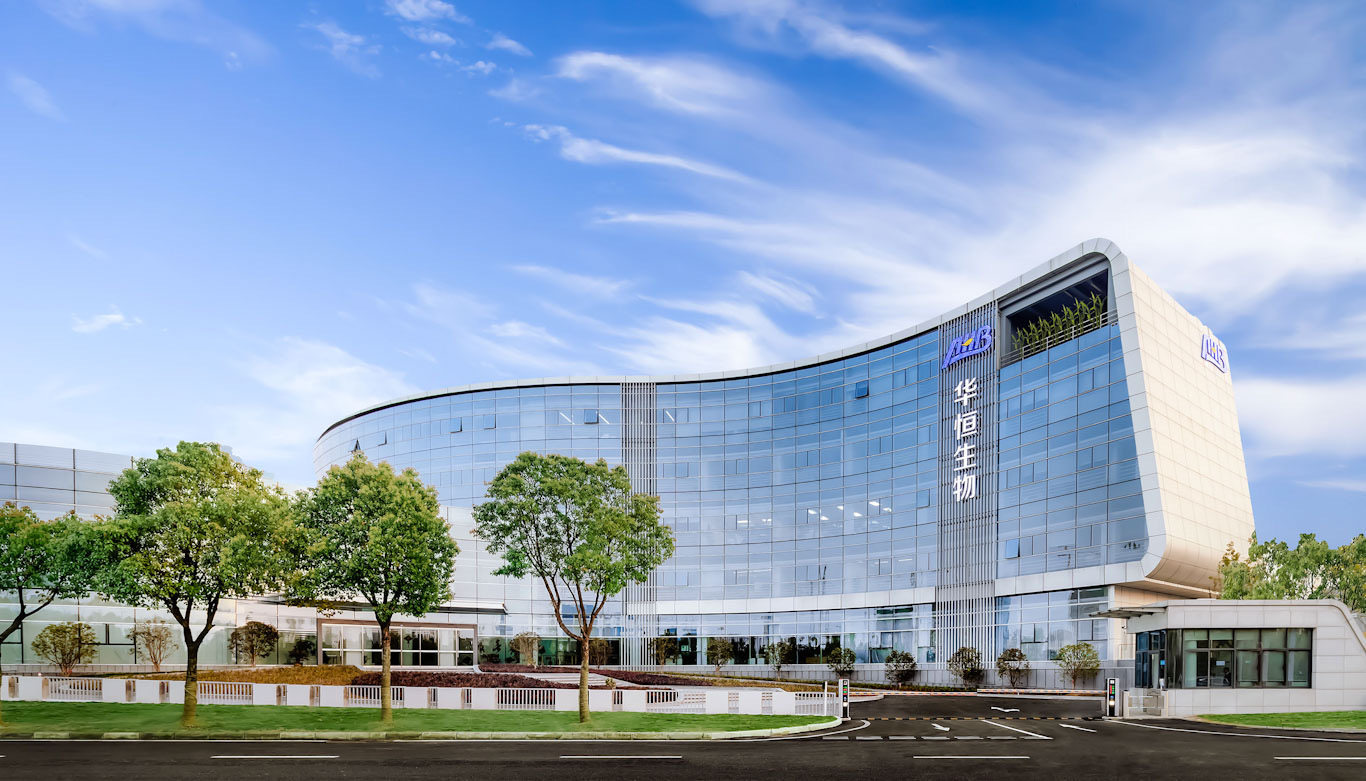As an essential branched-chain amino acid (BCAA), feed-grade L-valine not only directly impacts animal growth, immunity, and muscle development, but also significantly improves feed conversion and production efficiency. This article will explore in detail the role of feed-grade valine and its indispensable value in animal nutrition.
What is feed-grade valine?
L-valine cannot be synthesized by animals and must be obtained through the diet. Adding L-valine to feed can supplement animals' daily needs. This supplement is particularly important in high-density farming, during rapid growth phases, or other environments requiring enhanced nutrition.
The Effects of Feed-Grade L-Valine on Animal Health
1. Promoting Animal Growth and Muscle Development
L-valine aids protein synthesis and is crucial for muscle development. Supplementing feed-grade valine can promote daily weight gain and improve muscle mass, especially in rapidly growing animals such as broilers and piglets.
2. Improve Feed Conversion Ratio (FCR)
L-Valine not only promotes animal growth but also improves its feed conversion ratio (FCR). By optimizing the amino acid balance, valine helps animals convert feed into body weight more efficiently, meaning they can achieve greater growth gains with the same feed input. For farmers, this is undoubtedly an effective way to reduce costs and improve profitability.
3. Improve Immune Function
L-Valine supports the animal immune system, enhancing immune cell function and improving disease resistance. In modern animal husbandry, animals are vulnerable to disease due to high environmental pressures and intensive farming. Therefore, ensuring an adequate supply of valine is crucial for maintaining animal health, reducing medication use, and improving survival rates.
4. Improve Intestinal Health
Research has shown that valine helps increase the height of villi in the small intestine, promoting nutrient absorption, thereby improving overall digestive efficiency and animal health. For animals with sensitive digestive systems, such as piglets, appropriate valine supplementation can help reduce intestinal problems such as diarrhea and optimize digestion.
Applications of Feed-Grade L-Valine
The use of feed-grade L-Valine is not limited to traditional farmed animals like pigs and chickens. It is also widely used in aquaculture, particularly in fish and shrimp feed. In aquaculture, L-valine supplement helps promote healthy growth of aquatic products, increase stocking density, and improve production efficiency.
L-Valine Market Prospects and Demand
With the expansion and specialization of the aquaculture industry, the demand for valine is growing. In particular, valine plays an increasingly important role in improving feed utilization, reducing disease incidence, and increasing animal growth. By providing high-quality feed-grade valine, AHB helps farmers improve overall profitability and has become an indispensable partner in the aquaculture industry.
Feed-grade L-valine is not only a crucial nutrient for animal growth and health, but its use directly impacts feed conversion efficiency, immune function, and overall production efficiency. With the increasing demand for efficient nutrition in modern aquaculture, the market prospects for feed-grade L-valine are promising. As a supplier, providing high-quality L-valine is key to supporting the sustainable development of the aquaculture industry, helping customers improve production efficiency, reduce costs, and promote the healthy growth of animals.
If you are interested in feed-grade L-valine products, please feel free to contact AHB. We will provide you with professional consultation and solutions.
Visit our website: www.ahb-global.com
Send an email to: contact@ehuaheng.com










